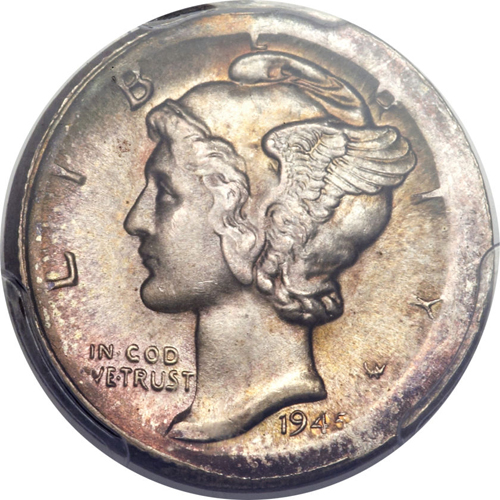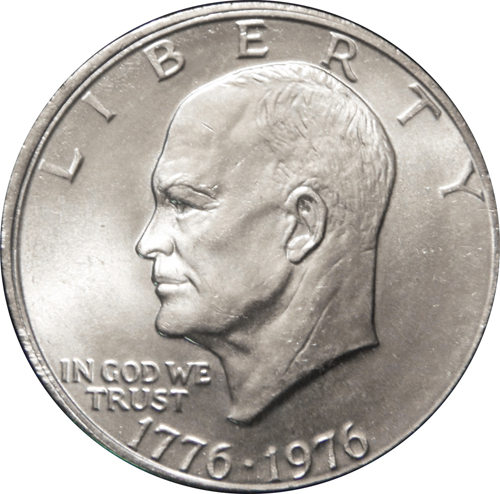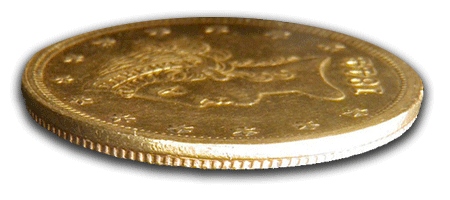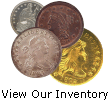We are flying down today to Baltimore for the Whitman Coin Expo. We're doing a day of pre-show business tomorrow before the show starts on Thursday. If you plan on attending, you'll find us at table 844. Hope to see you there!

The following text was found on an online coin forum. The medal that is imaged is ours.
On August 26, 1933 Senator Huey Long was attending a party at the exclusive Sands Point country club on Long Island, New York, which is not far from New York City. Huey got shall we say "loaded" and as a result had to perform a bodily function as is often necessary for those who overindulge. The story varies, but one version was that upon entering the men's room Huey found that every stall was taken. Somehow he ended up relieving himself on the pant leg and shoes of another gentlemen who was using the facility. That gentlemen responded by landing a well-placed roundhouse punch giving the Louisiana senator a shiner, aka a black eye.
The owner of Colliers Magazine was so pleased by this incident that he offered to raise funds to award Long's assailant a gold medal for his deed. A gold medal was stuck by the Medallic Art Company, which is well known among numismatists for their more distinguished products. I have read that a black tie affair was held at the American Numismatic Society headquarters on the night that the medal was unveiled. In addition to the gold medal a few silver and a larger number of bronze medals were produced.
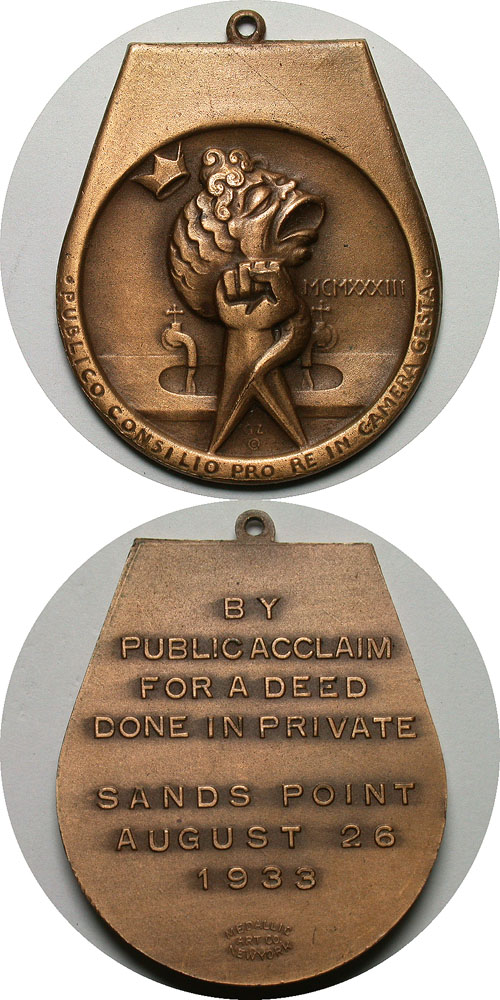
The Lafayette dollar was a silver coin issued as part of the United States participation in the Paris World's Fair of 1900. Depicting Lafayette with George Washington and designed by Chief Engraver Charles E. Barber, it was the only U.S. silver dollar commemorative prior to 1983, and the first U.S. coin to depict American citizens.
The Lafayette dollar is interesting for several reasons. Some 50,000 pieces were prestruck in December 1899, using five different die pairs. As it was not legal to strike a coin in advance of the date shown on the dies, the Mint circumvented the question by stating that the coin really had no date (which brings up another question: was it legal to mint a coin without a date?). On the reverse of the Lafayette dollar appears the inscription PARIS 1900, which was not the date of the coin, according to Mint officials, but, rather, was the date at which a statue, also depicted on the reverse, was to be erected in Paris.
Another interesting thing about the Lafayette dollar is that only 36,000 were distributed. Most of the rest of the 50,000 mintage went to the melting pot, some of them not until the 1940s. Had collectors of the 1930s and early 1940s known that the Treasury Department had on hand thousands of Uncirculated Lafayette dollars there would have been a great rush to buy them, but no one was aware of this, and only after they were melted was the situation disclosed in a government report! What a numismatic shame.

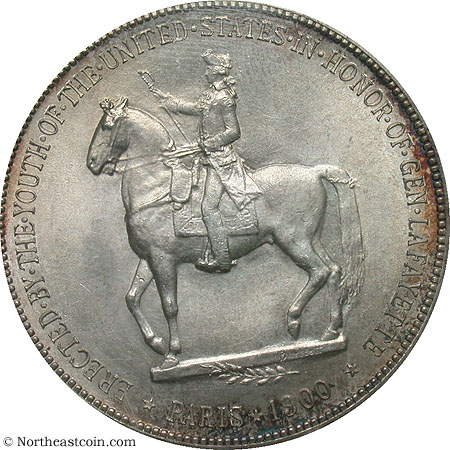
With coin collecting enjoying a growth spurt during the mid 1930s, the sale of proof coins resumed in the spring of 1936. The Philadelphia Mint, which had been vexed by the textured and uneven fields of the newer coin types introduced starting 1909, abandoned the matte proofs of that period and polished the dies to a semi-brilliant finish. The first pieces sold, however, were not as fully brilliant as the Indian Cent proofs, and collectors registered their dissatisfaction. The majority of 1936 proof cents were thus subsequently coined from dies more aggressively polished.
These early 1936 proofs actually possess greater detail, as the gentler polishing of the dies did not efface the shallower features of the design. The satiny or semi-brilliant proofs, sometimes called Type 1, are more scarce than the brilliant issues but not as popular with collectors. Fully red gems are in very short supply.
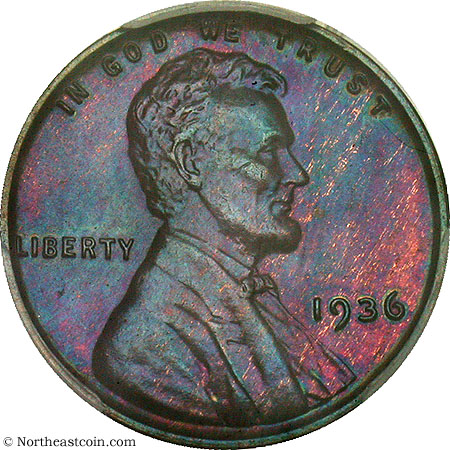
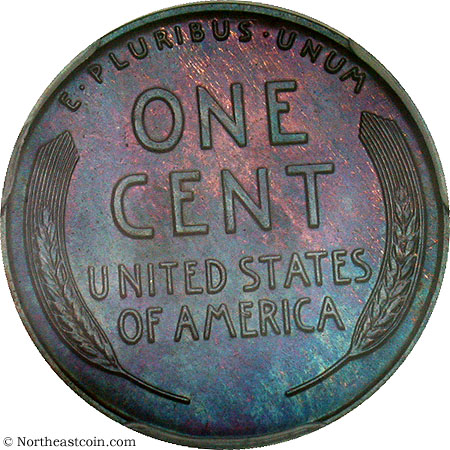
A partial collar strike is when the collar die (edge die) does not fully engage the edge of the planchet. The collar die's purpose is to engage the rim of the planchet so it doesn't spread out from the striking pressure (broad strike) and to impart edge reeding to coins like U.S. dimes, half dollars and quarters.
If a planchet is jammed and tilted in the coining chamber or the collar itself is damaged, then it strikes the wrong area of the edge, and this results in what looks like a dual rim, part of the coin to be spread out or both. Also, it can look like railroad tracks if the coin has edge reeding. This is called a railroad rim.
Most often a partial collar strike will look like a line running around half the coin's rim but more severe anomalies can occur and some will display half the reeding missing.
